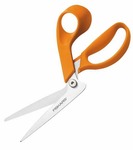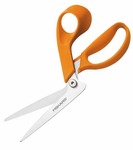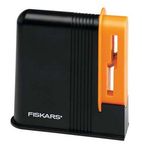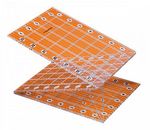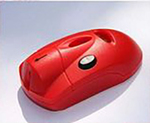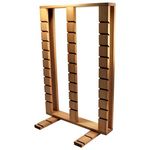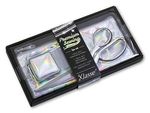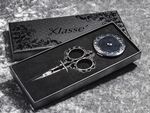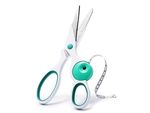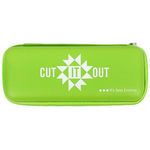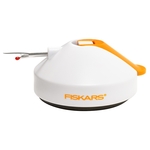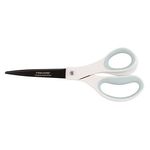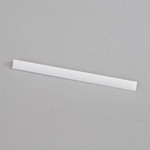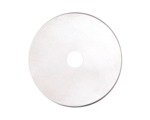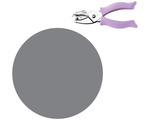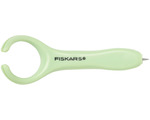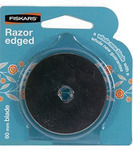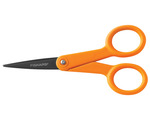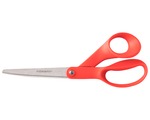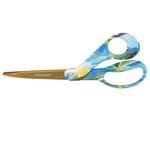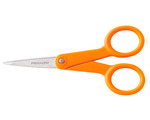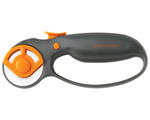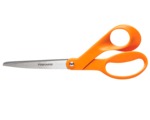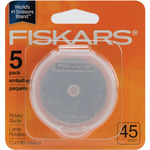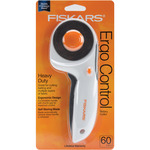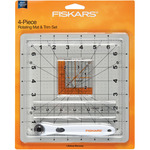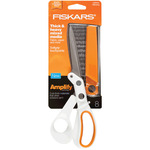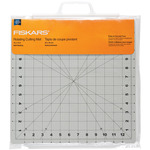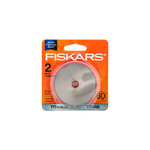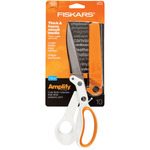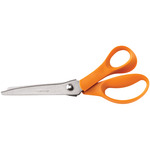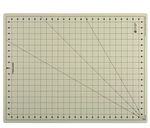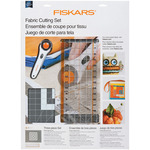 |
Fiskars Scissors, Shears, Trimmers, Rotary Cutters, Blades, Mats, Rulers, Sharpener, Tweezers, Knife, Hole Punch |
Did you know that the company who founded the iconic orange-handled scissors we know today started out producing iron and then was the first cutlery mill in the small village of Fiskars? Check out the history of the “world’s best scissor” We congratulate Fiskars on their 50th anniversary. The end of 2017 marked five decades of this classic sewing tool.
By Emma Pitts We’ve all seen these orange-handled scissors at some point in our lives; they are too famous to not have. Perhaps you first laid eyes on them in your grandmother’s kitchen or maybe even in the classroom when you had to take home economics. No matter where you first saw them, Fiskars’ orange-handled scissors have been staple in society across the globe for the last fifty years. When you pick up a pair of these sharp beauties, you know that they will give you the best cut, hands down. But do you know the history of how these incomparable utensils came to be? It’s not as simple as learning when the scissors were first developed, Fiskars as a company had to live through a long history of trial and error before they found true success. Fiskars was founded in 1649 in Finland when Peter Thorwöste was given a charter to establish a blast furnace and forging operation in the small village of Fiskars. The main purpose of this forge was to manufacture cast iron and other forged products such as nails, knives, hoes, and iron wheels. Iron was easy to come by in Finland because it was under Swedish rule, and Sweden was one of Europe’s biggest producers of iron at the time. Fiskars had been taken over in 1783 by the Björkman family, who switched their focus to copper ore. Their plan didn’t last long. By 1802, there was very little copper left in the town they had been mining from so they were forced to shut down. Since their conception in 1967, over one billion orange-handled scissors have been sold.





